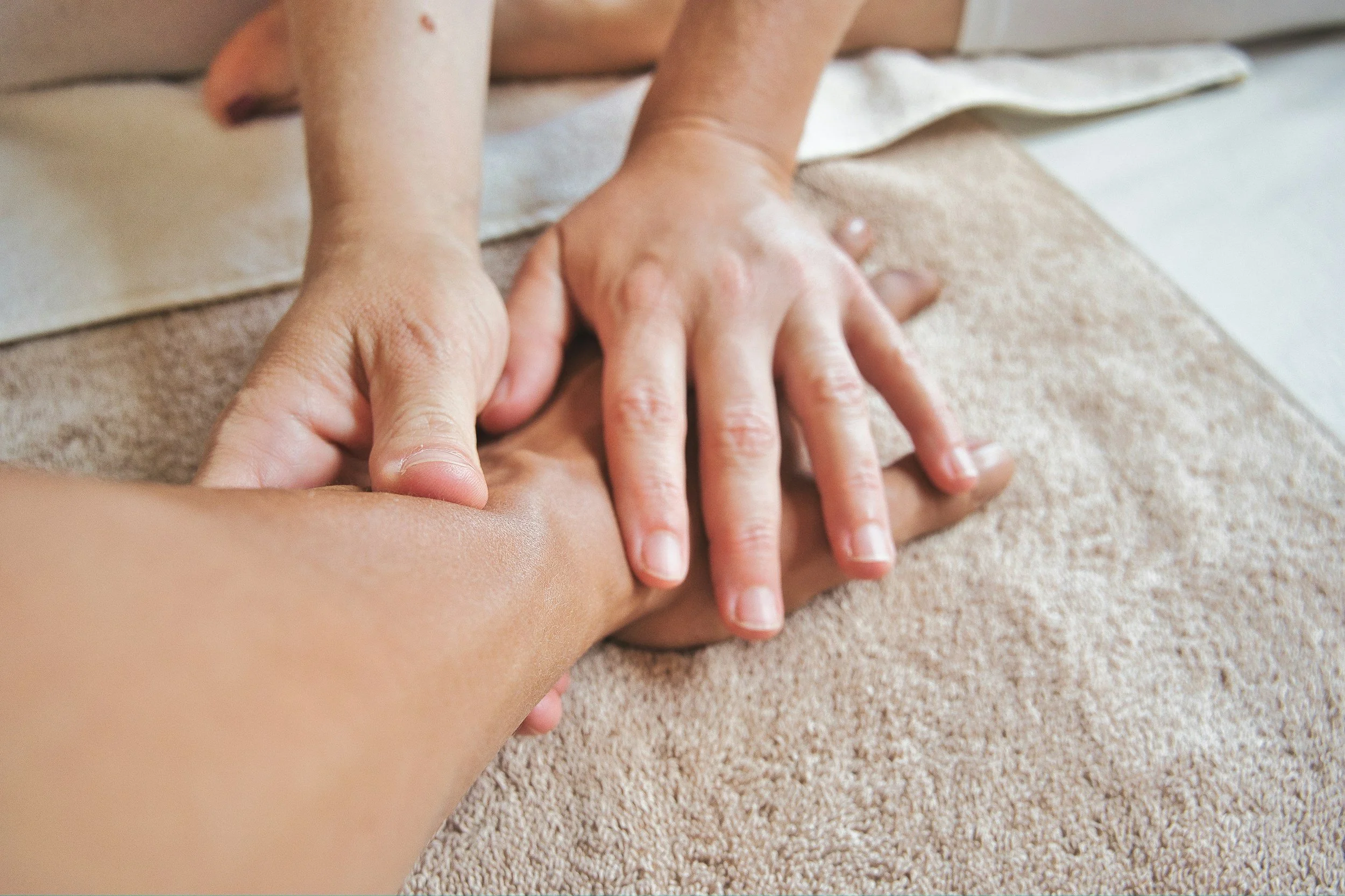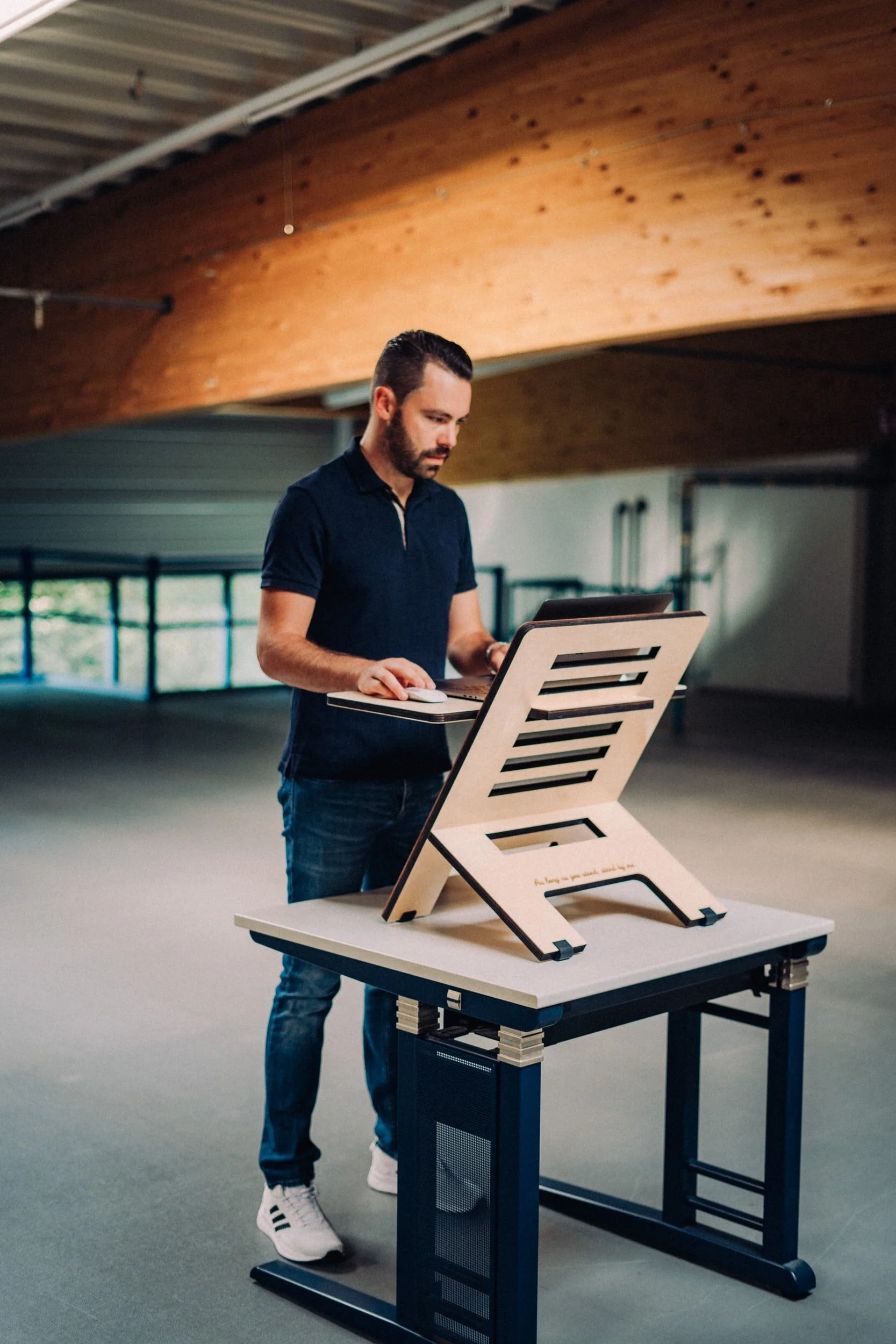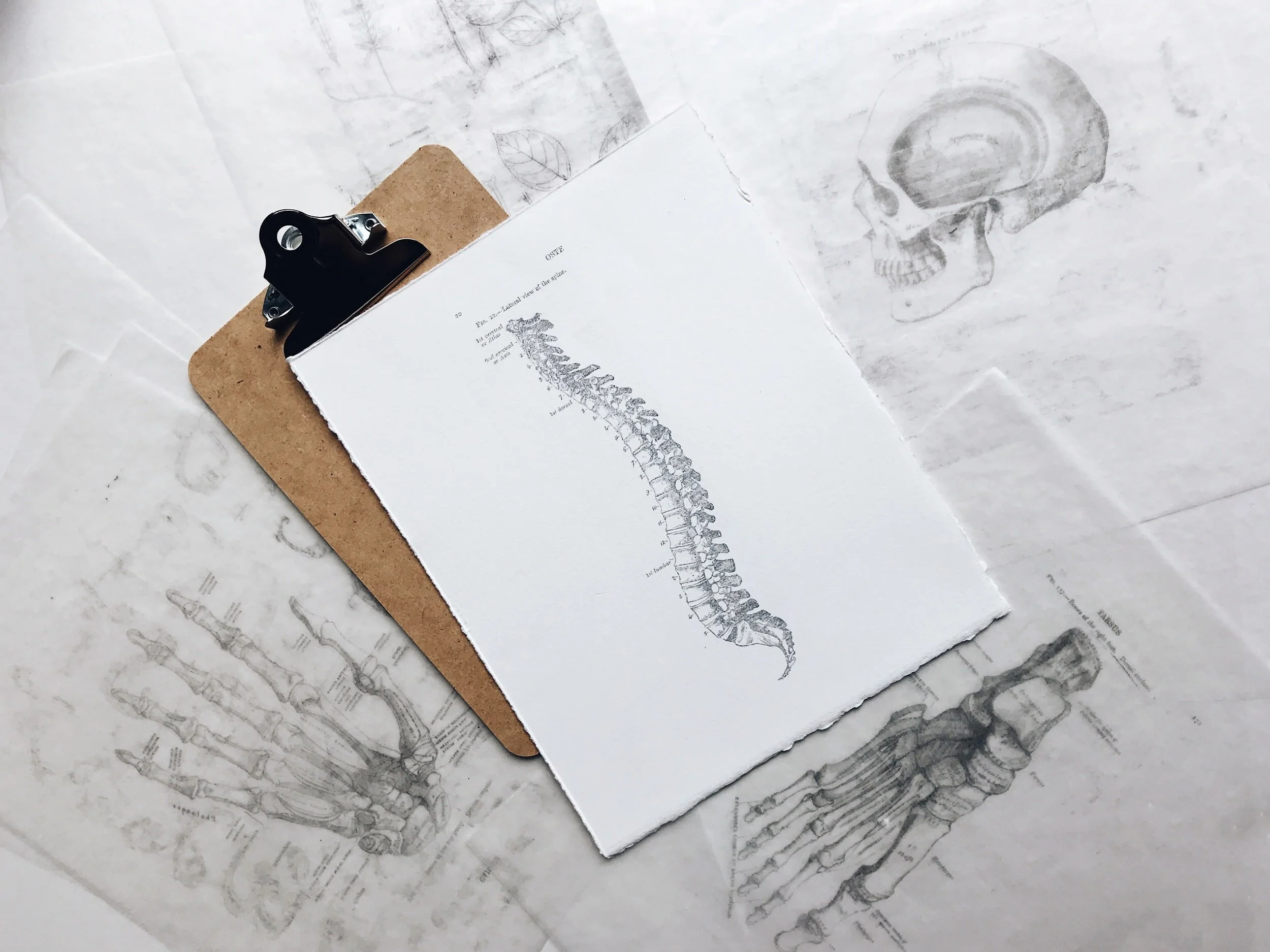It started with a twinge. You know, that sensation between a tickle and a tingle.
Then it progressed to an ache. And then a throb.
And now it hurts every time you try to type (which, let’s be honest, is all day long) or hold your coffee mug.
For such small muscles, forearm injury can pack a real punch (pun intended, thank you) because they are integral to even the most basic everyday activities.
So let’s break down this mighty group of muscles and learn what they do and how to keep them healthy and pain free.
What do forearms do?
The forearm is the lower arm, or the area of your arm between the wrist and elbow.
Forearm muscles start just above the elbow and cross the elbow, wrist, and finger joints. These long, thin muscles allow you to bend and straighten your wrist, rotate your palms face up and face down, bend and straighten your elbow, and grip stuff.
Forearms come into play with an endless array of daily activities such as (but not limited to):
● Grasping and turning a doorknob
● Opening a jar
● Holding a glass
● Fist bumping
● Arm wrestling
● Giving a thumbs-up
● Typing on a computer keyboard
● Playing golf or tennis
● Performing push ups, pullups, and holding on to any type of weight
What are the forearm muscles?
Muscles of the forearm can be grouped into two categories: flexors and extensors. These muscles affect the elbow, wrist, and fingers, so there’s a lot going on.
Forearm flexors
Flexors do just that: they flex a joint (or decrease the angle). Bending your elbow, bending your wrist, and closing your hand are all flexing movements.
Forearm flexors can also move the wrist side to side and turn your palms face down.
Forearm extensors
Like with the flexors, there will not be a quiz on the specific muscle names. The important thing to know is that these muscles extend (or straighten) the elbow, wrist, and fingers.
Forearm extensors can also move the wrist side to side and turn your palms face up.
Types of forearm pain
Forearm pain can be the result of an injury or overuse. Some of the most common forearm pain conditions are:
● Tennis elbow (lateral epicondylitis)
● Golfer’s elbow (medial epicondylitis)
● Carpal tunnel syndrome
● Trigger points
● Repetitive stress
● Arthritis
Most forearm pain develops over time, and pain can range from sharp and shooting to a dull ache or throb.
Common treatments for forearm pain
As always, the type of treatment depends on the exact cause of the pain. You should see a doctor if you’ve experienced a trauma, don’t know the source of your pain, or your pain is worsening over time.
The good news is that most forearm pain can be successfully treated through behaviour modification and some simple remedies.
The most common treatments for forearm pain are:
● Rest
● Anti-inflammatory drugs
● Ice
● Exercise and stretches
In cases of something like tennis elbow or carpal tunnel syndrome, physical therapy can be very useful to strengthen underused muscles or modify movements to avoid further injury.
Forearm stretches and exercises
Many people underestimate the value of stretching your forearms. But you can easily perform these stretches throughout the day while working at your desk, or even in the evening while watching TV. Regular gentle stretching can help ease forearm pain in a very short period of time.
As with any stretching protocol, maintain a pain free range of motion. You want to feel a sensation and be able to take slow even breaths throughout the stretch. If you experience pain or have to hold your breath, back off.
Wrist circles
Making a loose fist, rotate your wrist 10 times in one direction, then 10 times in the other direction.
Extend your right arm in front of you with the palm facing down. Using your left hand, gently continue to bend the wrist. Hold 10 seconds. You should feel the stretch along the top of your forearm.
Repeat on the left side.
Extend your right arm in front of you with the palm facing up. Using your left hand, gently bend the hand and fingers of your right hand back toward you. Hold 10 seconds. You should feel the stretch along the front of your forearm.
Repeat on the left side.
Can massage help forearm pain?
Massage is extremely useful in reducing forearm pain and helping to keep you pain free over time. While you can massage your own forearms, it can create more stress on the working muscles as you try to access hard-to-reach areas or grip using muscles that are already irritated.
Massage therapy to the forearms can improve circulation which can help reduce inflammation. It’s also best for a massage therapist to help assess and treat trigger points that might be contributing to your pain.
During your massage treatment, passive stretching through your range of motion can also be critical to helping you feel good again - not to mention it feels great.
In the absence of being able to make an appointment with me at present, stretching and moving your forearms is such a winner! Get in touch if I can help you out in any way!








